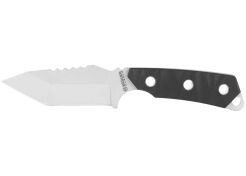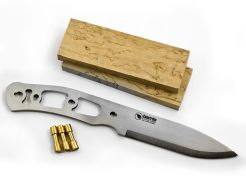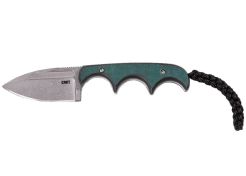Full tang: what’s that?
The most important property of every survival knife isn’t purely its capability to hold an edge for lightyears, it isn’t the handle having a very good grip and it also isn’t the shape of the blade. What it is though, is simply its toughness. Because a really sharp blade in one hand and a perfect grip in the other, are useless when not connected to each other. The strength, combined with some flexibility that makes the knife as unbreakable as possible, has everything to do with the chosen steel. And while nowadays there are stainless steels that are virtually as strong as carbon steel, carbon steel still is the absolute favourite.
Although it’s not particularly corrosion resistant, carbon steel is incredibly strong and -also very important- extremely easy to sharpen. And don’t worry, when used regularly the corrosion thing isn’t really that much of an issue at all. The only situation where we’d really recommend stainless steel is when you’re at sea or in another salty or similarly corrosive environment. Stainless steel will stay free of rust for a significantly longer time.
Well, now we’ve got that out of the way, lets speak full tang. The tang is the part of the blade that goes into the handle. Sometimes it just goes in partly and sometimes it’s a long, thin pin, comparable with the one on a file for example. But a full tang is more substantially shaped and will go the full length of the handle. Often, the handle consists of two scales on either side of the tang.
Sometimes, the full tang consists of a robust metal bar, extending through the handle and ending in a pommel. That’s the end of the bar, which is as wide as or even wider than the handle. The name pommel, by the way, comes from the spherical shaped end of the handle of a sword. A pommel can be used as a hammer and as an impact point to hit when you want to drive the point of your survival knife into something. Think making a fishing hole in ice or using the knife as an anchoring point when climbing.
There’s no such thing as improper use!
When reading the above, you’ll think: ‘Hitting the knife? That’s seriously improper use!’ Well, it would be if it was a normal knife, but a survival knife doesn’t know any improper use. When your life depends on it, you’ll definitely want a knife that can withstand the things you normally wouldn’t do with a knife. Batoning for example. Where it’s pretty normal to cut little wood shavings to start a fire, splitting small logs -batoning- is something you’d normally do with an axe. In a survival situation, it’s not likely you’ll be carrying an axe with you and then it’s good to know you can count on your survival knife to be strong enough to withstand some batoning where you hit the spine of the blade with some heavy wood to split a small log.
Another example? Often, the spine of a survival knife is used to strike a fire steel to create sparks for starting a fire. When you don’t have a fire steel, a really hard rock can be struck with the spine of a carbon blade too. In both cases, you’ll get the best results when the spine is not rounded, but has square 90 degree edge.
So we’ll say it again: there’s no such thing as improper use of a survival knife. But that doesn’t mean some things don’t require thoughtful handling or a delicate touch. Everything can break, even a survival knife. Although they’re way tougher than a standard knife.
Function over form
The tip of a survival knife needs to be strong, that’s why they often feature a drop-point or something closely resembling that. Delicate clip-points will be very useful for bushcraft, as they’ll do more jobs in a refined or even more practical way, but you don’t want one on your survival knife as you’d rather have a knife that’s a bit cruder in use than one with a broken point.
Another question we often get is if a survival knife should feature a serrated edge and most of the times you’d rather want to decide against that. A serrated edge is difficult to sharpen and the sharp points are prone to damage when -for example- batoning. A (partially) serrated edge most of the time is recommended for divers or climbers as a serrated blade will cut fast through ropes and hoses. Having said that, we find a serrated blade is mostly impractical and prevents you from cutting smoothly. In short: on a good survival knife, an easy to sharpen straight edge is what you want.
So, let’s handle the last bits of information
As you’d have guessed: we’re going to talk about the handle. You now know a survival knife often features a full tang, which means if the handle material should break, you still have a strong tang to wrap some cord or cloth around, whilst maintaining full control over the blade. Some will advise against using wood for a handle as it can crack and can be sensitive to temperature changes, but wood does offer a good grip in nearly every situation and is comfortable to the touch. Another often used material is micarta, which is a laminate consisting of layers of resin impregnated natural cloth, pressed together under high pressure. It’s strong and weatherproof, while feeling comfortable and grippy. Also often seen is G10, a material similar to micarta, but with the natural cloth replaced with woven glass fibre.
Whatever material you go for, make sure your survival knife feels comfortable in your hand and offers enough support to apply pressure in all directions. A good handle is extremely important and even plastics can provide a good grip when textured or having rubber inlays. Depending on the intended use, it’s good to know not all synthetic materials, and especially rubbers, are chemically resistant.
Finally, the conclusion
The word survival knife is often accompanied with a mental picture of a Rambo-knife with integrated compass and a hollow handle that’ll hold a fishing line, matches, wire saw, et cetera. But in reality, a survival knife is as plain as they come and it’s not shockingly big in size either, as you want it to be practical and easy to carry with you. A survival knife has an extremely robust blade with, preferably, a straight edge and a full tang with comfortable handle without edges and without protruding rivets or screws, as those will give you blisters.







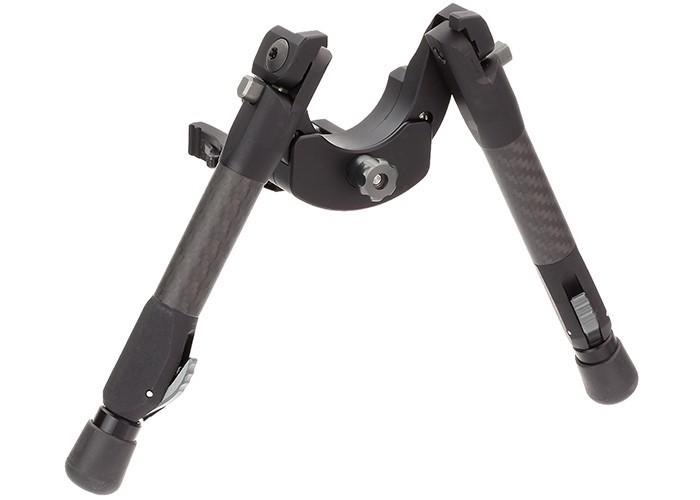
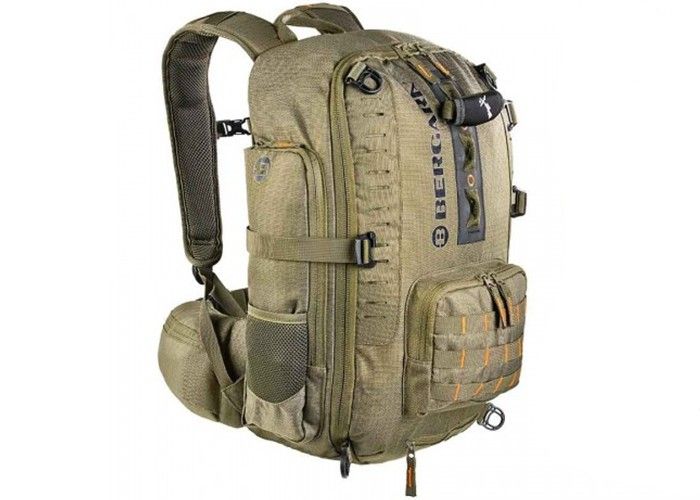
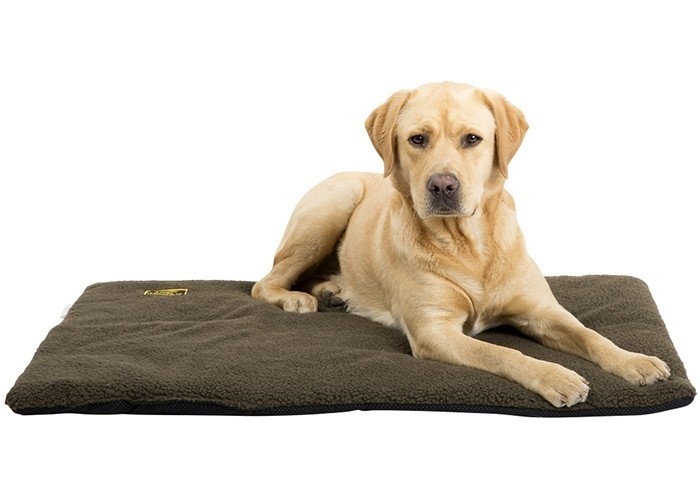
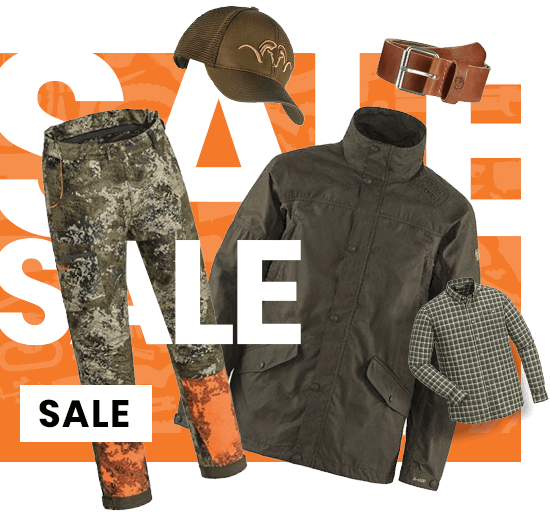
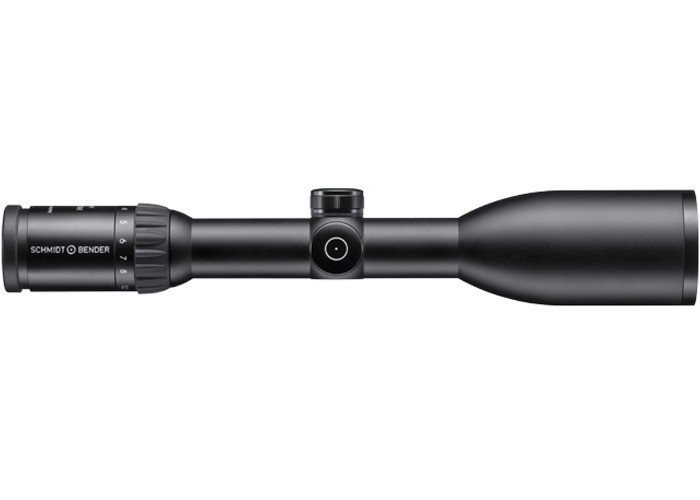
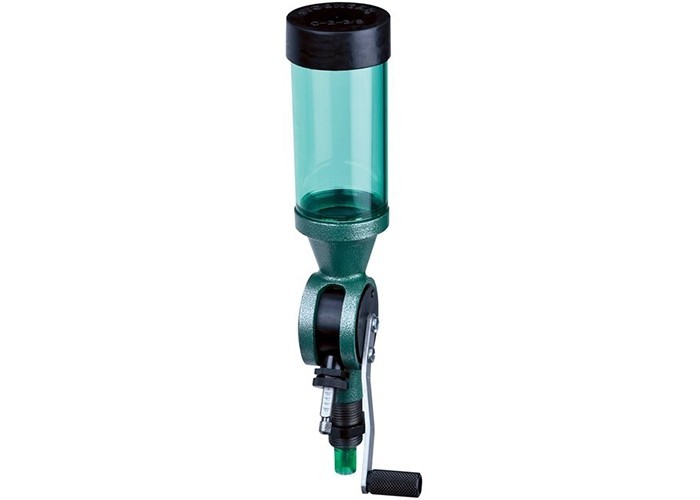
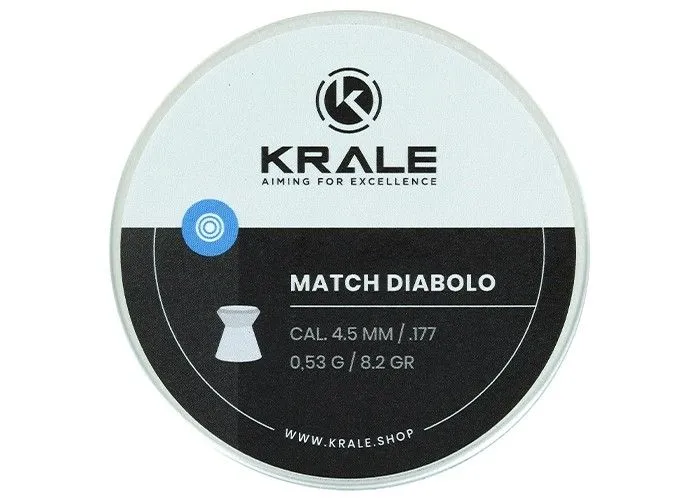
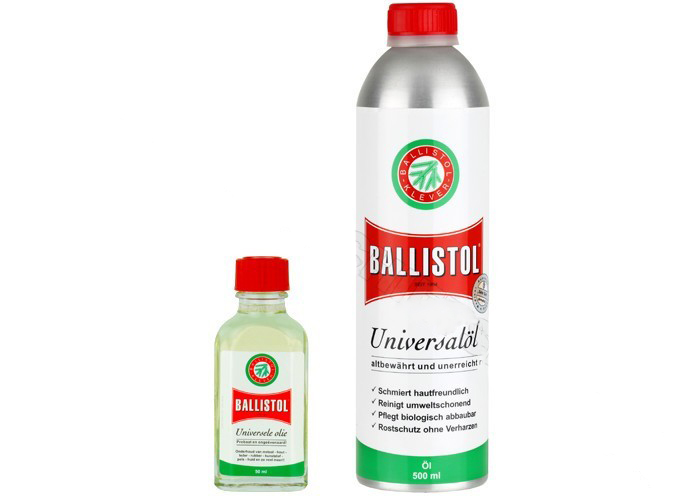
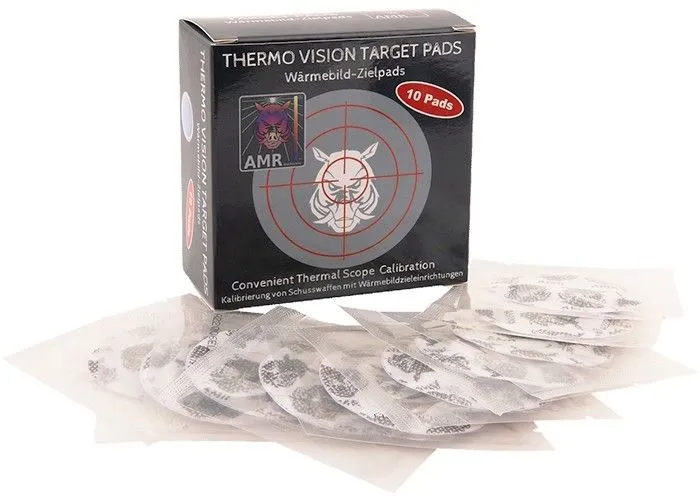
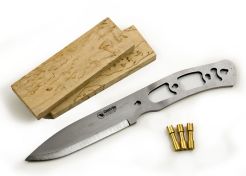
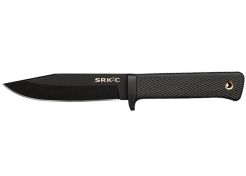
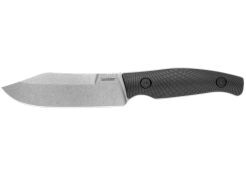
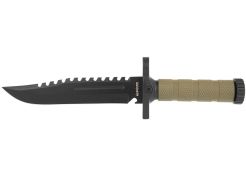
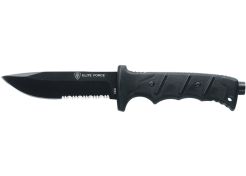
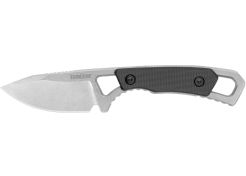
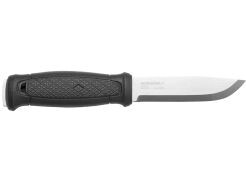
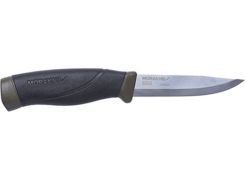
 Fast & secure delivery
Fast & secure delivery Secure shopping & payment
Secure shopping & payment Lots of expertise
Lots of expertise

